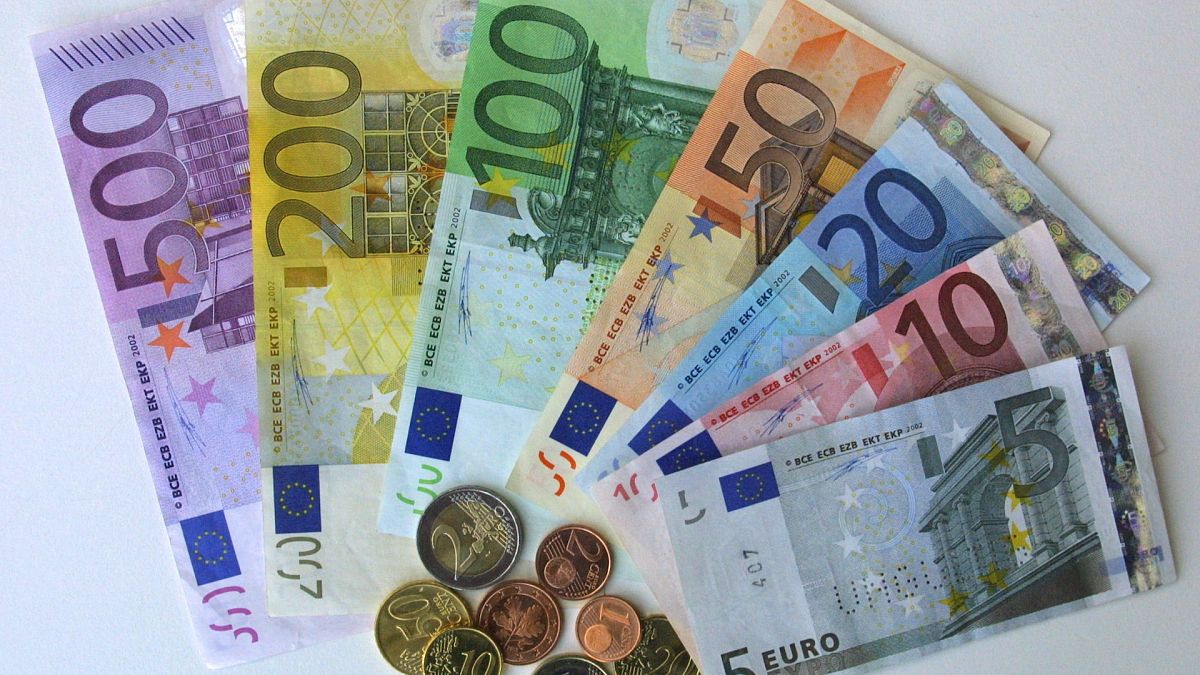Bussiness
Wealth of nations: The widening gap between rich and poor in Europe

Wealth inequality between countries across Europe is very strong. In the EU, the difference in wealth per adult between the countries with the highest and lowest levels exceeds a factor of ten.
Inequality has emerged as a major concern among EU citizens. According to the 2021 Eurobarometer survey, ensuring equality of opportunities was ranked as the top priority for the EU’s economic and social advancement. The most pressing issues for citizens are equal opportunities and access to the labour market; fair working conditions; and access to quality health care.
Credit Suisse and UBS’s Global Wealth Report 2023 showed that wealth inequality is apparent not only within countries but also between the nations across Europe. The report measures wealth per adult in European countries in both mean and median terms, highlighting the economic disparities.
Net worth or “wealth” is defined as the value of financial assets plus real assets (principally housing) that households own, minus their debts.
Switzerland and Luxembourg lead the rankings, with the highest mean wealth per adult at €650,737 and €556,458 respectively, making them the richest countries in Europe. These figures underscore the financial robustness of these countries, which may be attributed to their strong banking sectors, high levels of income, and favourable economic policies.
Iceland, Denmark and Norway also show remarkable wealth figures, with mean wealth per adult standing at €473,210, €389,320 and €365,943 respectively. These Nordic countries are known for their high standards of living and extensive social welfare systems
Among Europe’s top five economies, wealth per adult ranged from €210,228 in Italy to €296,519 in France, with the UK closely following at €287,543.
Wealth levels are lower in Eastern European and Balkan countries
In contrast, several Eastern European countries exhibit much lower levels of wealth per adult. For instance, Lithuania, Slovakia, and Hungary report mean wealth figures of €66,041, €58,998, and €56,361 respectively. These lower figures highlight the economic challenges these countries face, including lower wages and less developed financial markets.
At the bottom of the chart, Bosnia & Herzegovina and Turkey have the lowest mean wealth per adult at €31,902 and €16,693 respectively.
Median wealth per adult
Median wealth is “arguably a more meaningful indicator of how the typical person is faring” according to the report.
Iceland led the list at a striking median wealth of €392,396 per adult. Luxembourg follows closely with a median wealth of €342,559.
Belgium also ranks highly with a median wealth of €237,357, indicative of its stable economy and well-distributed wealth among its population.
At the other end, Turkey has the lowest median wealth per adult at €5,212, illustrating significant economic challenges and inequalities. Other countries with low median wealth include Serbia (€15,633) and Bosnia & Herzegovina (€15,654), reflecting ongoing economic struggles and lower standards of living.
Germany records notably lower median wealth
Germany, often viewed as an economic powerhouse, shows a median wealth per adult of €63,376, which, while substantial, is notably lower compared to its Northern and Western European counterparts.
The UK (€144,183) and France (€126,436) exhibit significant median wealth figures.
Switzerland: Skew in wealth distribution
A detailed comparison of mean and median wealth per adult in various European countries, highlights significant disparities at the national level. For instance, in Switzerland, the mean wealth per adult is an impressive €650,737, whereas the median wealth is much lower at €158,930. This huge difference suggests a significant skew in wealth distribution, where a small proportion of the population holds a substantial share of the country’s total wealth.
How do wealth distribution ranges compare?
Looking at wealth distribution across European countries, the data shows a considerable variation in the percentage of adults falling within different wealth ranges, highlighting economic inequalities and differences in financial stability among nations.
Germany, a leading economy in Europe, shows that only 10% of its adult population holds wealth under $10,000 (€9,497), with a significant 46.1% in the $10,000-$100,000 (€9,497-€94,970) range and a notable 40% in the $100,000-$1 million (€94,970-€949,700) bracket.
In contrast, Turkey stands out with a staggering 70.6% of adults possessing less than $10,000 in wealth, the highest percentage in the chart.
Countries like Luxembourg and Switzerland exhibit strong financial health, with more than half of their populations falling into the $100,000-$1 million range.
On the other end of the spectrum, Eastern European countries like Romania, Bulgaria, and Latvia display higher percentages of their populations with wealth under $10,000, at around one in three.










